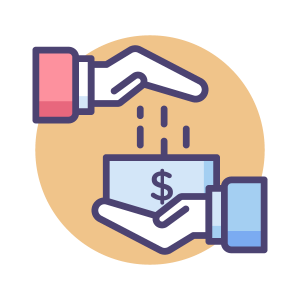Nonprofit board meetings have a tendency to become redundant or uneventful. Not every meeting has to overwhelm its attendees with excitement, but each one should definitely leave board members and leaders feeling energized about the state of the organization and its future.
Before
Prior to the board meeting, The Fundraising Authority encouraged nonprofit leaders to generate a definitive agenda that the group will cover in their discussions. This should be handed out to all attendees about three days in advance, if possible. This way, people are given an opportunity to prepare thoughts, comments or solutions if necessary. If detailed printed reports are an integral part of an agenda item, print these out and include them with the agenda when delivering them to each attendee.
The agenda also serves as a great way to keep the group on task during the discussion, avoiding one topic taking over the entire allotted time period.
It also might behoove the organizing party to check in with various departments on current functionality and success stories. Updating board members on all aspects of the charity’s performance is a great launching point for any board meeting.
While it might be intuitive to spend the first few minutes (or longer) updating everyone in the room on the status of the nonprofit, try to save time by encouraging board members to review this information prior to walking through the door. That way the leaders can spend more time making important decisions.
During
It’s imperative that someone is designated to take notes for the duration of the meeting. Not only does this help board members recap the decisions they made, it serves as a road map on how they reached those decisions. If something seems off, being able to refer back to the process will be of great help when it comes time to implementing new practices.
Fired Up Fundraising noted that accurately and consistently measuring the nonprofit’s return on investment is a crucial discussion point for charities this year. Board members need to understand the inner workings of their nonprofit and which tools, events and tactics are giving back to the charity the most.
For instance, fundraising events are actually some of the most ineffective ways to increase revenue. Large, one-time donations have a significantly higher ROI. Board members may not understand this scenario or why these are the facts and what they can do to help build a nonprofit’s funds. Leadership needs to know how the nonprofit is spending and earning money and growing its donor database.
After
Post-board meeting, send out the meeting notes to all attendees and anyone who was supposed to be there but couldn’t. Again, this serves as an opportunity to make sure everyone is on the same page and can follow how decisions were made during the meeting. In addition, make it clear that any board member who would like to discuss a particular issue in private has the opportunity to do so. Sometimes, several board members can dominate conversations during the actual group gathering, while others prefer smaller, one-on-one scenarios. These voices should still be heard. Make sure everyone knows they are allowed to voice alternative opinions if need be after the meeting has concluded.
Follow up on the decisions that were made by board members. Often, it’s easy to walk away from a concluded discussion and assume everyone will play their part. It might be a good idea to designate a point person to track the ways in which board members – or the organization itself – is following through on tasks.
Business management software is a tool that nonprofits can use to help prepare for these board meetings. Accumulating accurate data over time and generating reports can turn a mundane meeting into one with engaging, informative visuals that will help boards make better decisions.












